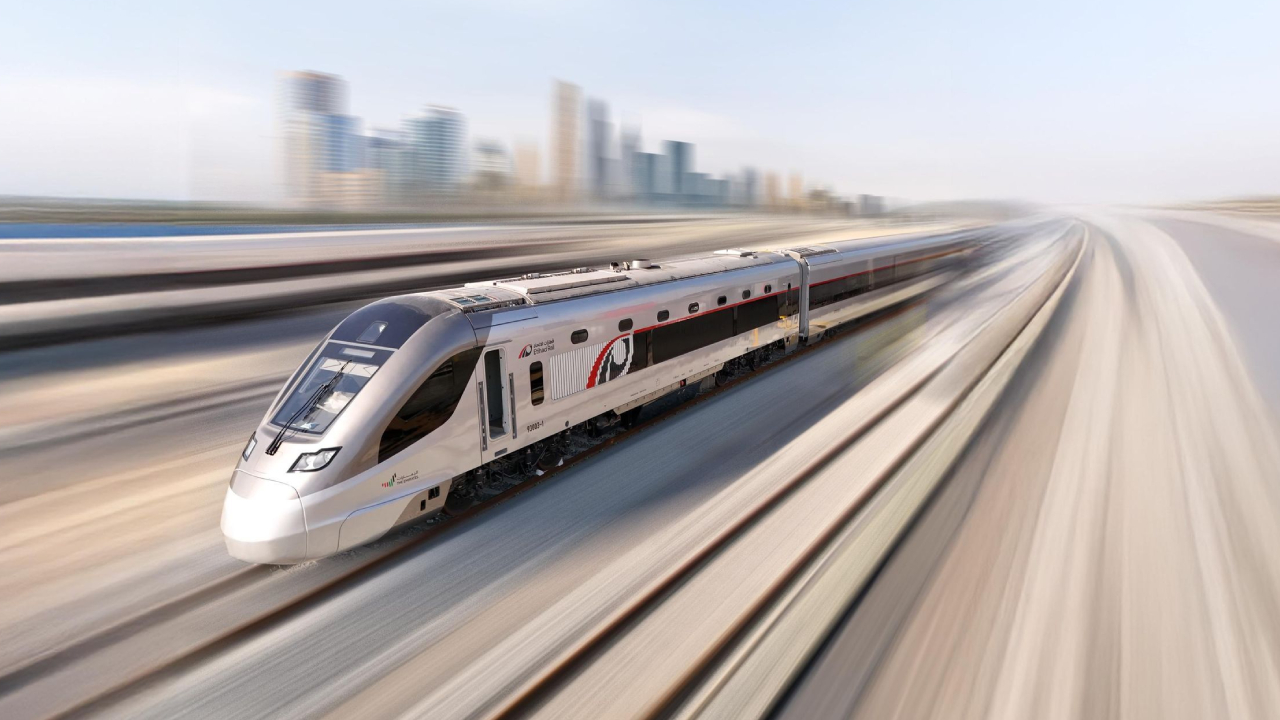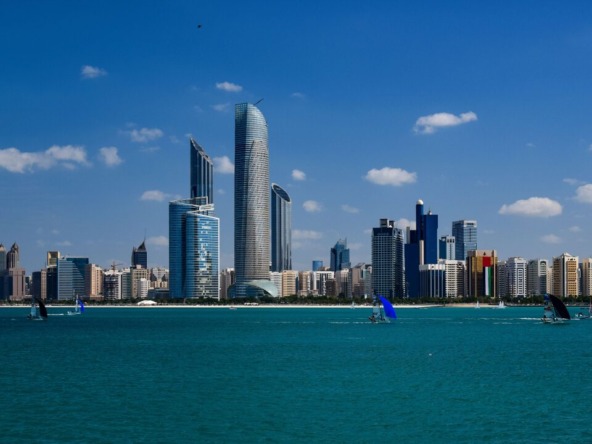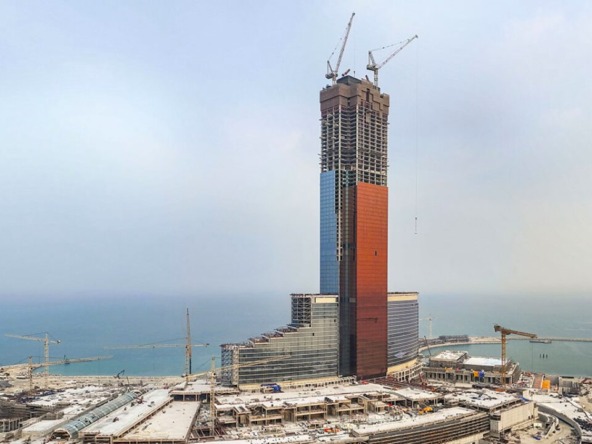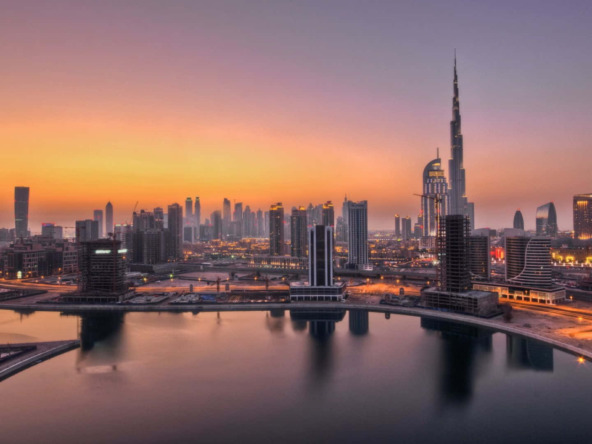Imagine waking up in Fujairah and making it to a meeting in Dubai within an hour. Sounds impossible? Not anymore. With Etihad Rail gearing up to launch passenger services, the UAE’s property market is on the verge of a massive transformation. Cities once considered “too far” will suddenly feel like they’re next door. This shift won’t just change how people travel — it will reshape where they live, work, and invest.
Understanding Etihad Rail
So, what exactly is Etihad Rail? Think of it as the backbone of the UAE’s future transportation network. Spanning roughly 900 kilometers and connecting 11 key cities across all seven emirates, this mega-project is more than just a railway. It’s a lifeline that ties together the country’s economic, cultural, and residential hubs.
The national passenger services are expected to launch by 2026, with projections of 36.5 million passengers annually by 2030. For a nation already known for futuristic infrastructure, Etihad Rail is the next big leap.
The Connectivity Revolution
Currently, the thought of commuting daily from Fujairah to Dubai or Ras Al Khaimah to Abu Dhabi feels like a nightmare due to long travel times. Etihad Rail flips the script by compressing time and space. A journey that takes two hours by car could soon take less than 50 minutes by train.
When commuting becomes this seamless, it opens doors to new housing choices, better affordability, and lifestyle upgrades.
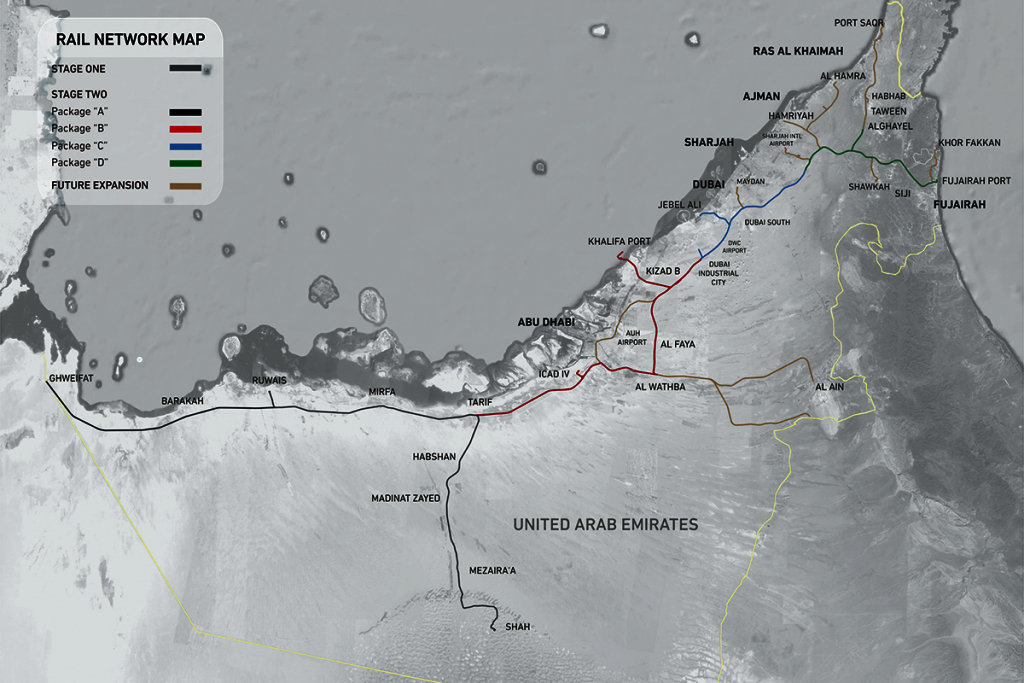
Tier-1, Tier-2, and Tier-3 Cities Explained
To understand the ripple effect, let’s break down the city tiers:
- Tier-1 Cities: Highly urbanized, strong infrastructure, expensive property prices (Dubai, Abu Dhabi).
- Tier-2 Cities: Affordable, less dense, and still developing (Fujairah, Ras Al Khaimah, Al Ain).
- Tier-3 Towns: Emerging, smaller-scale, but rich with potential (Al Dhaid, Ruwais).
Etihad Rail is expected to elevate Tier-2 towns to Tier-1 standards, while Tier-3 towns could grow into solid Tier-2 contenders.
Property Market Shifts on the Horizon
For years, affordability has been a major challenge in UAE’s big cities. With rail connectivity, more families and professionals will be willing to move outward, where they can find bigger homes at better prices. This means:
- Rising demand for off-plan projects in developing areas.
- Increased competition for ready-to-move-in homes near station zones.
Key Beneficiary Locations
Several regions are set to be real winners:
- Fujairah: Once considered “the edge of the UAE,” it’s now positioned as the eastern gateway.
- Ras Al Khaimah: A rising tourism hub that could also become a weekend destination for Dubai families.
- Ruwais: Known for its industrial significance, now gaining traction as a residential choice.
- Al Dhaid: Affordable and strategically placed, with strong potential for growth.
- Al Ain: Ideal for remote workers who can enjoy affordability while staying connected to major hubs.
Rental Market Dynamics
Here’s where things get interesting. Reduced travel costs mean tenants will happily choose homes further out if they’re affordable and accessible. As more people shift, expect rental rates to climb in Tier-2 and Tier-3 cities. Early signs already show renters eyeing areas near proposed rail stations.
Land Value Appreciation
Transit-oriented developments (TODs) are the buzzword here. Imagine walkable communities, mixed-use clusters, and vibrant hubs growing around rail stations like University City, Mussafah, and Sakamkam.
History backs this up. When Japan launched the Tokyo-Osaka Shinkansen Line, nearby cities saw:
- A 40%+ rise in commercial land values.
- A 60%+ spike in housing demand within five years.
The UAE could witness a similar wave, but even faster thanks to modern planning and fewer legacy hurdles.
The Rise of Second-Home Markets
Weekend getaways are about to explode. A Dubai family could own a beachfront apartment in Fujairah or a mountain-view villa in Ras Al Khaimah and actually use it regularly. Suddenly, second homes aren’t just luxury investments — they’re practical lifestyle choices.
The Role of Accessibility in Real Estate Value
Traditionally, location drove property value. But with Etihad Rail, accessibility replaces geography as the prime factor. Areas once considered too remote are now prime real estate. For instance, Jumeirah Golf Estates station is expected to become a high-performance real estate corridor.
Impact on Lifestyle and Productivity
Etihad Rail isn’t just about moving people; it’s about moving opportunities. By slashing travel times, it:
- Frees up hours every week for residents.
- Makes inter-emirate commuting viable for work and leisure.
- Unlocks productivity for businesses.
In short, it shrinks the country — not physically, but in terms of how quickly and efficiently people can move around.
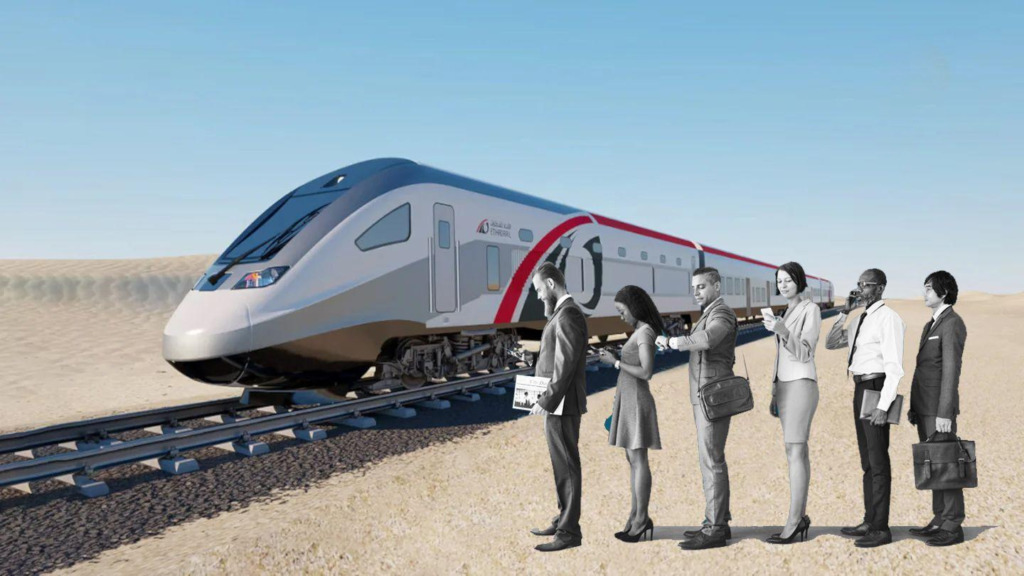
Lessons from Global Rail Networks
Japan’s Shinkansen is the poster child for this phenomenon, but Europe and China also prove the point. Wherever high-speed rail has been introduced, property markets have surged, satellite towns have flourished, and commuting patterns have shifted dramatically.
Why Etihad Rail is Different
Unlike older nations, the UAE isn’t burdened with outdated systems. It’s building the newest, most tech-enabled rail network in the world. That means smart stations, AI-driven logistics, and a system designed for the future — not the past.
Future Projections
By 2030, Etihad Rail will carry tens of millions annually, creating:
- Rising demand in residential and commercial real estate.
- Stronger foreign investor confidence in emerging towns.
- A reshaped urban hierarchy across the UAE.
Conclusion
Etihad Rail is more than steel tracks and fast trains — it’s a catalyst for reshaping the UAE’s property market. What was once “too far” will soon feel like “next door.” From Fujairah’s beaches to Al Ain’s desert charm, every emirate is about to get a real estate upgrade. The coming years will not just redefine commuting but also where people choose to live, work, and invest.

